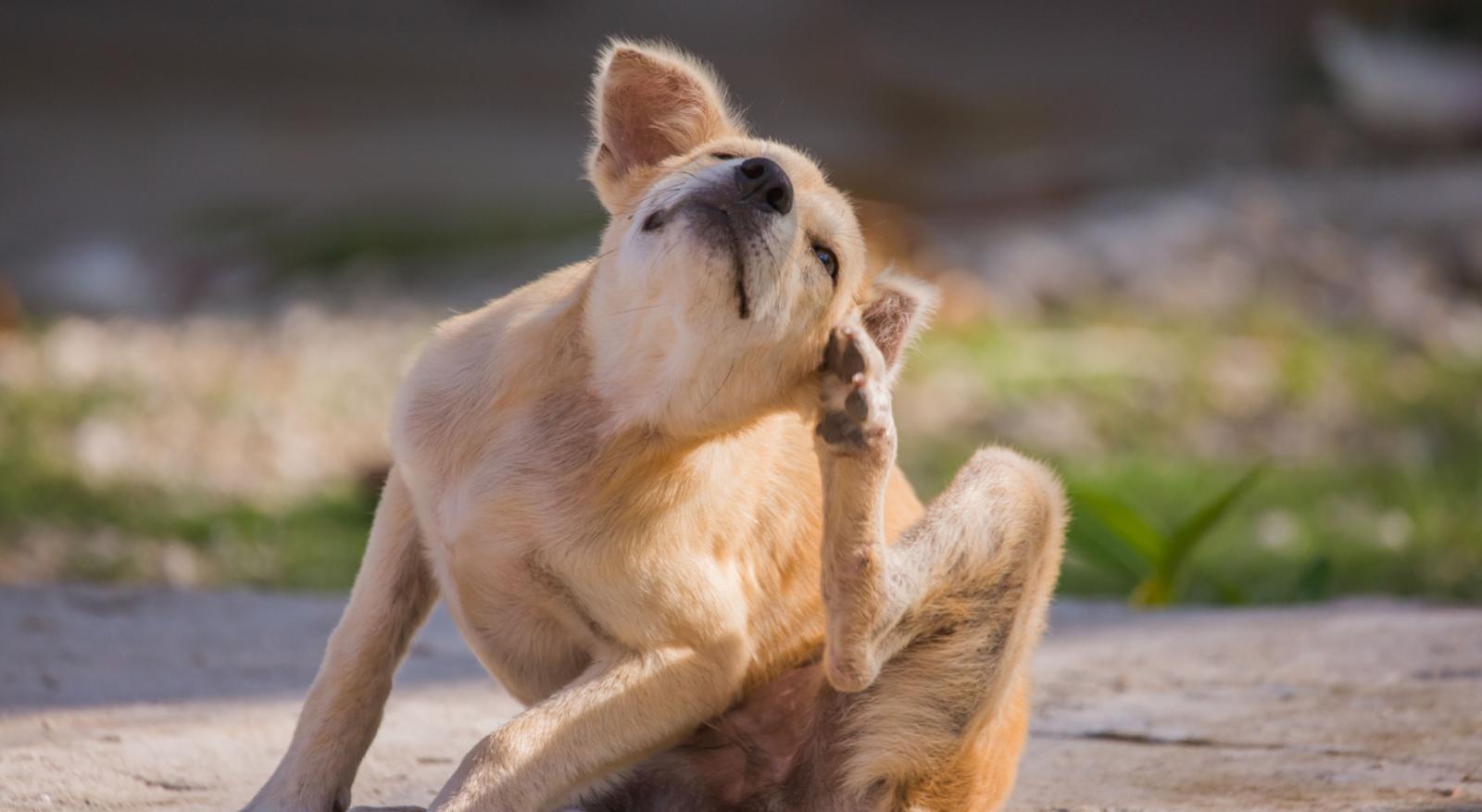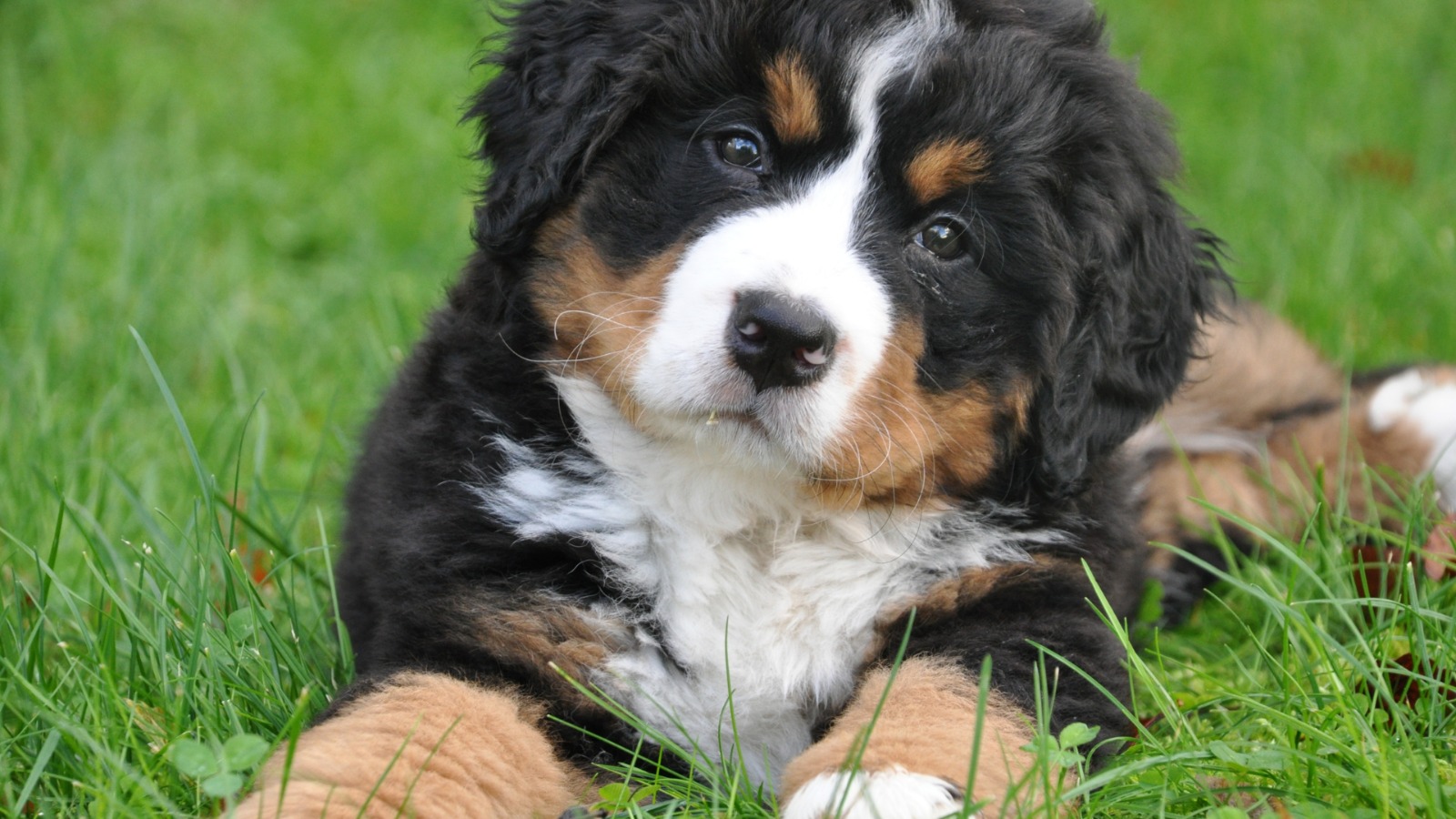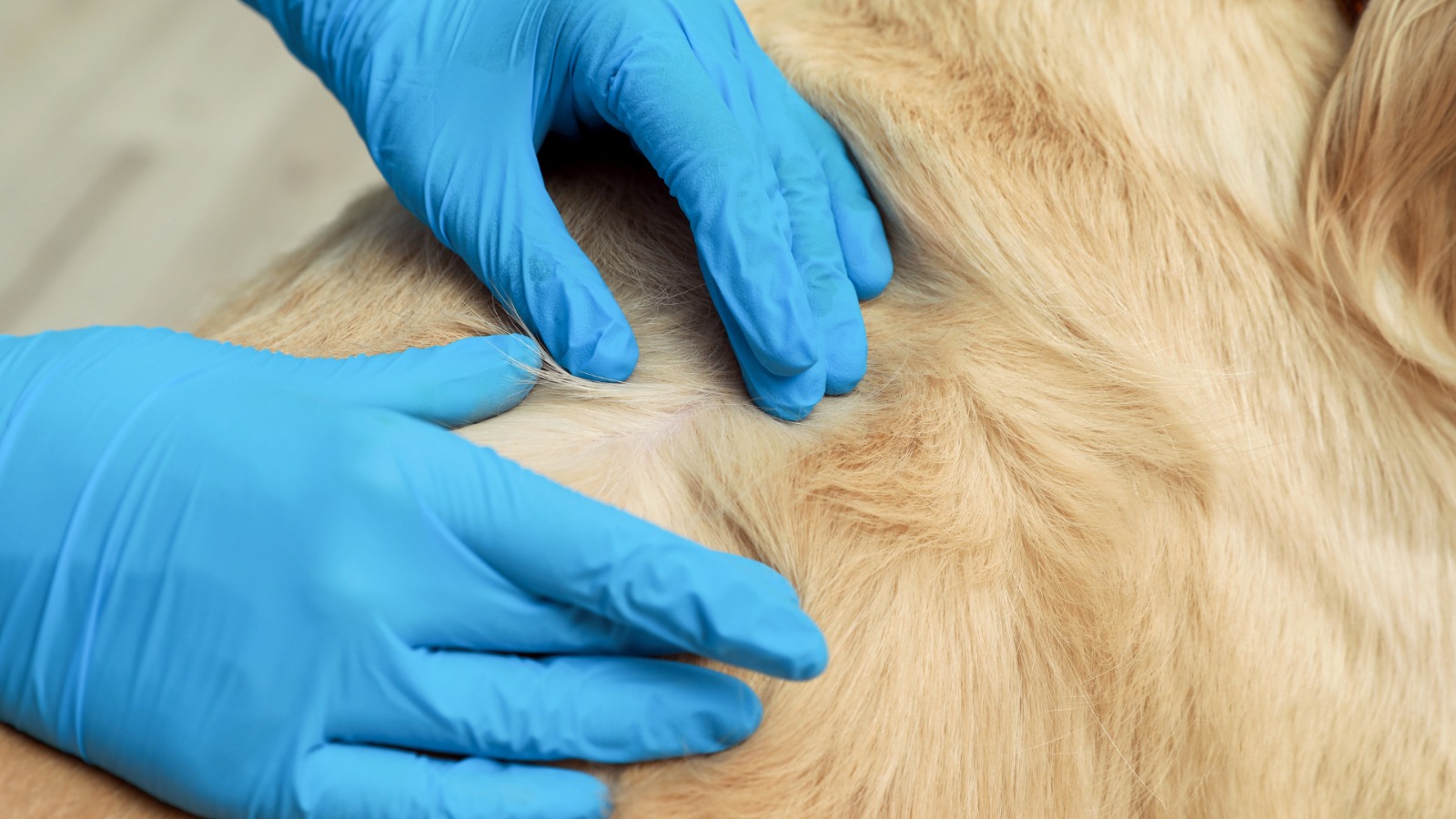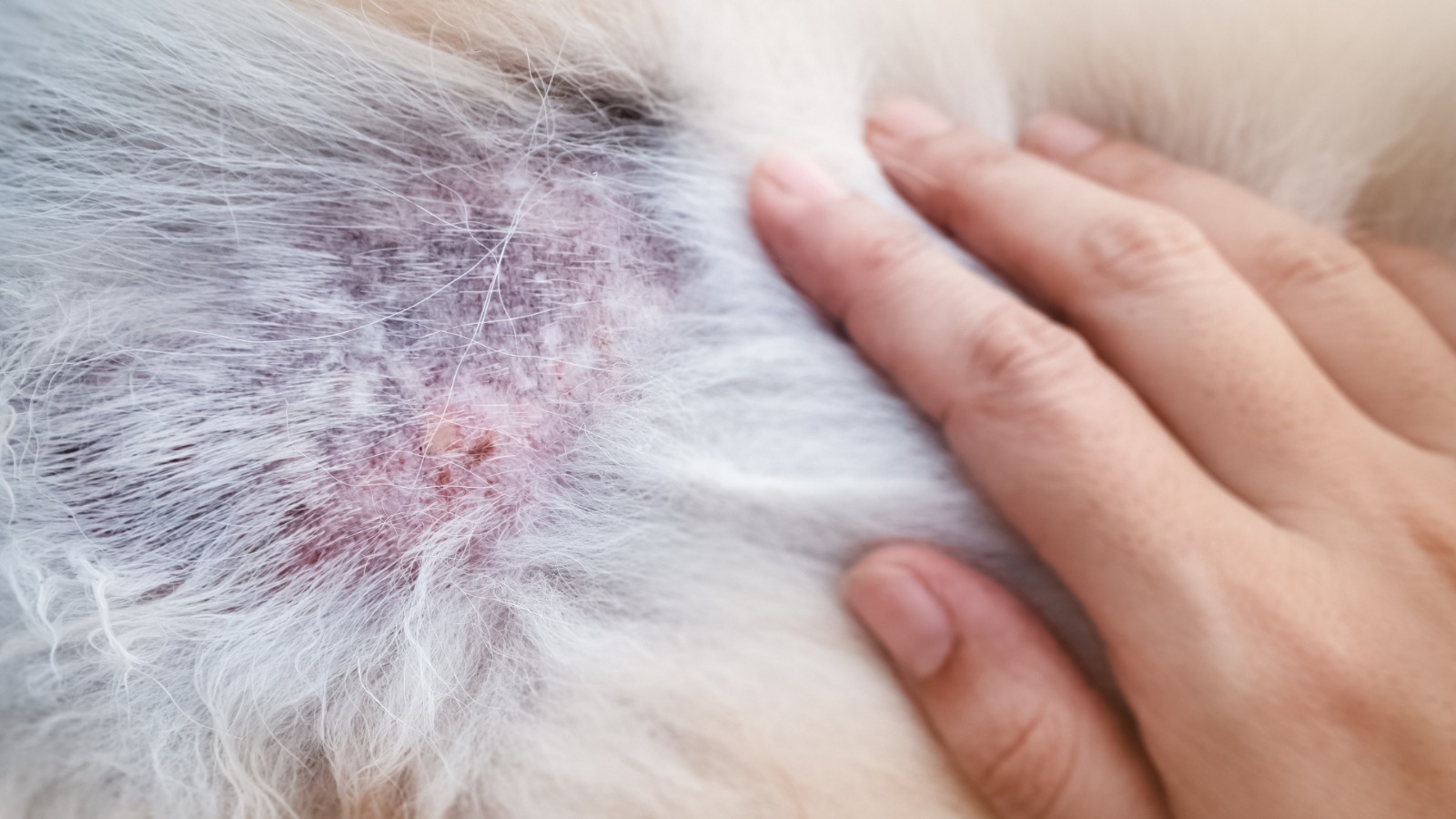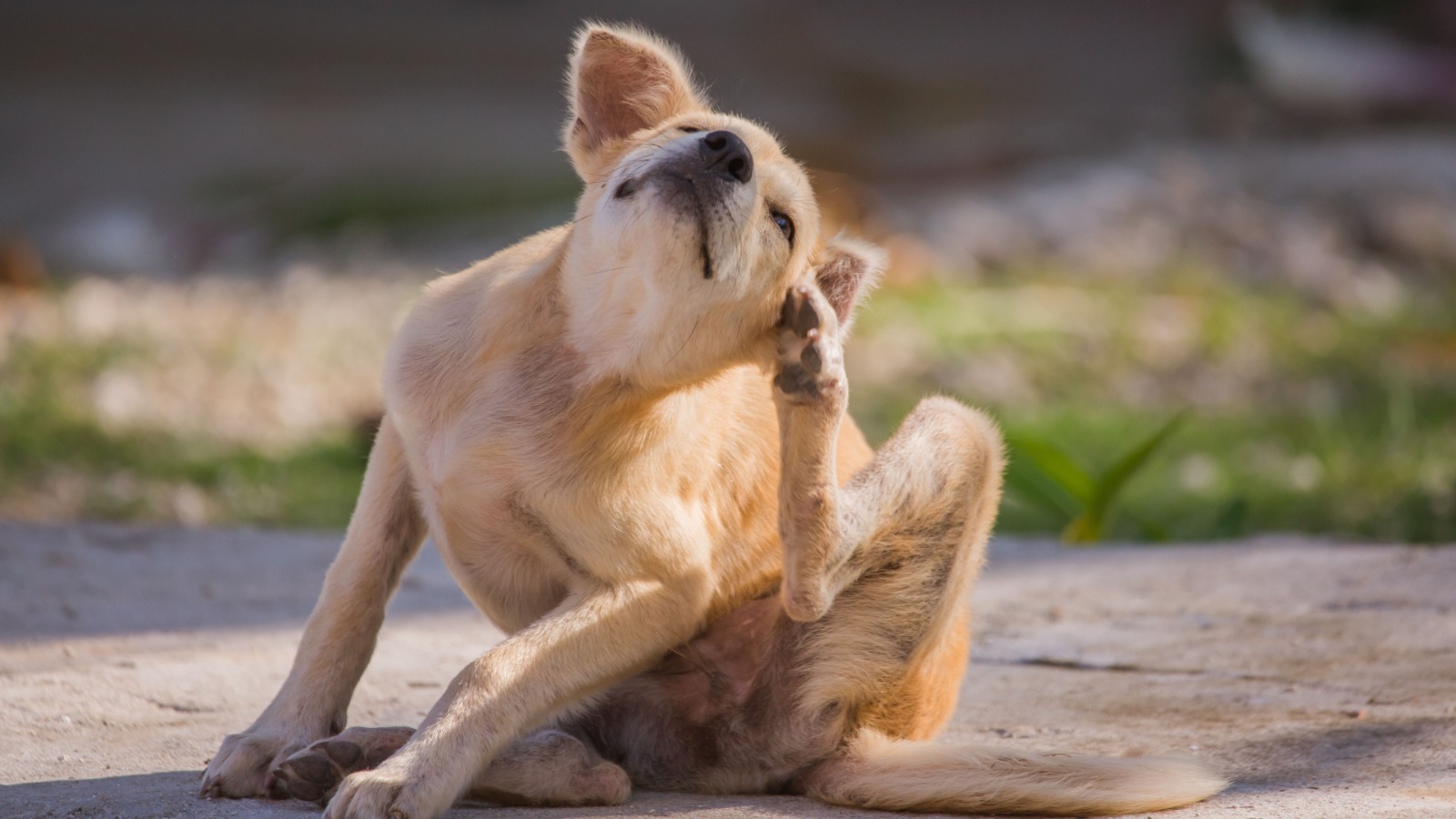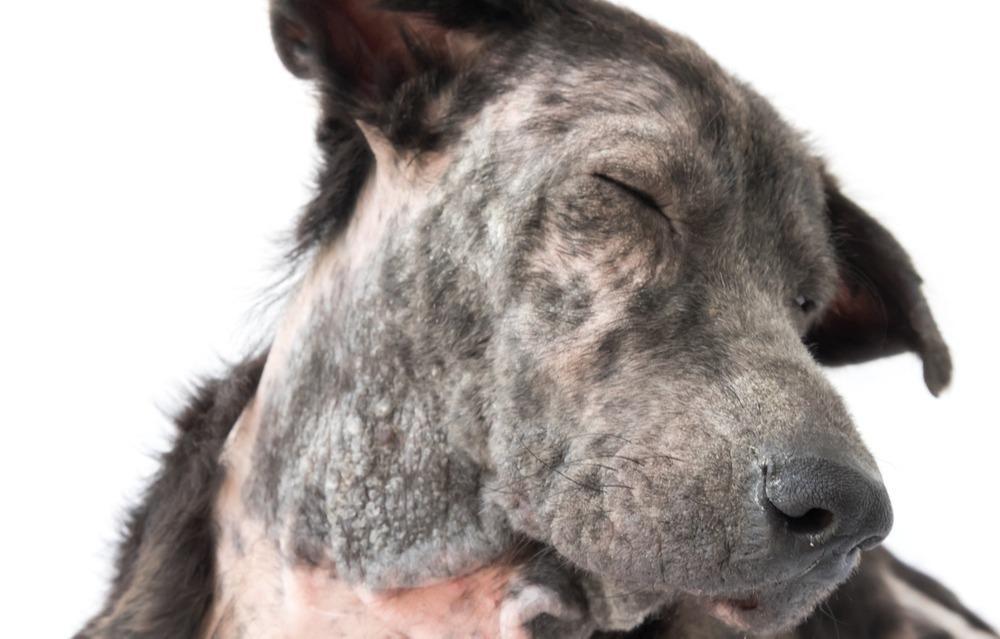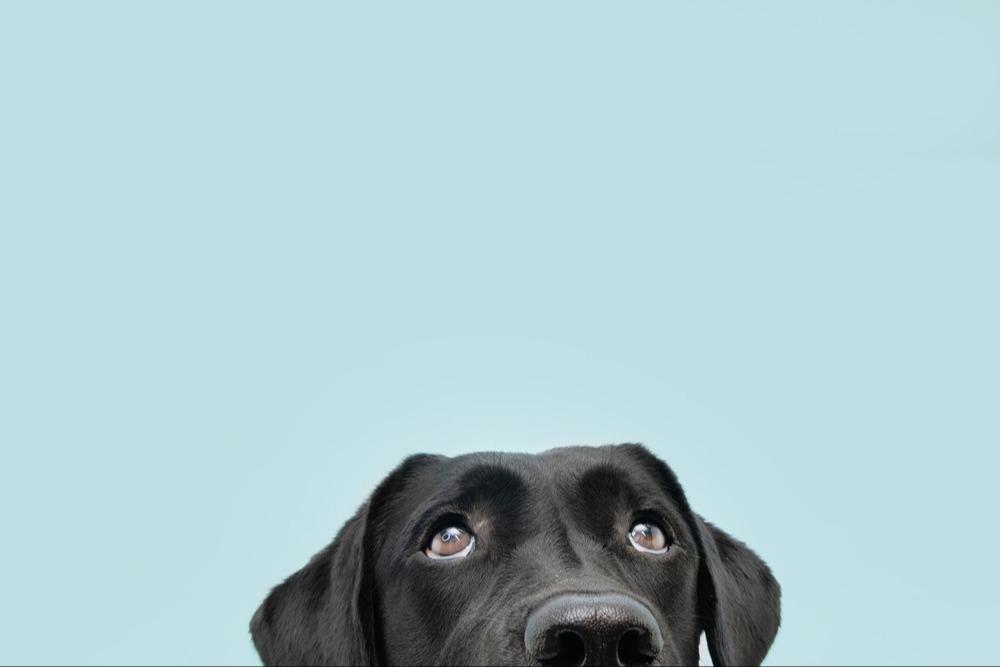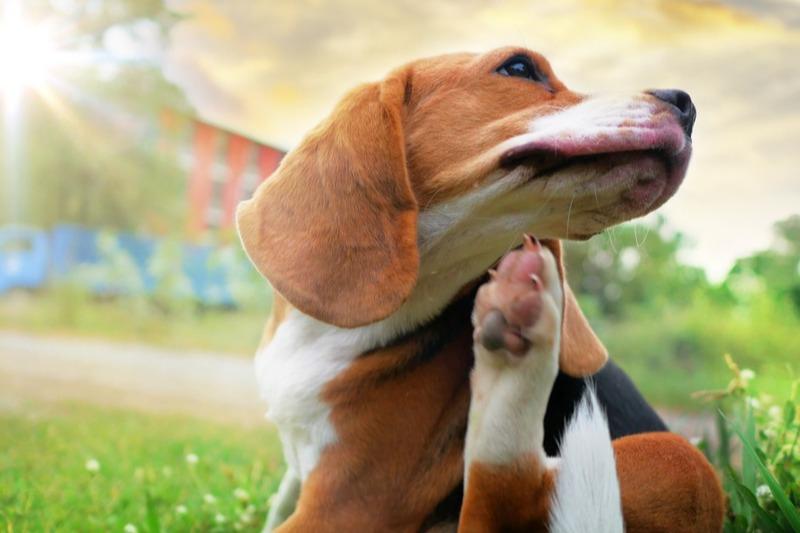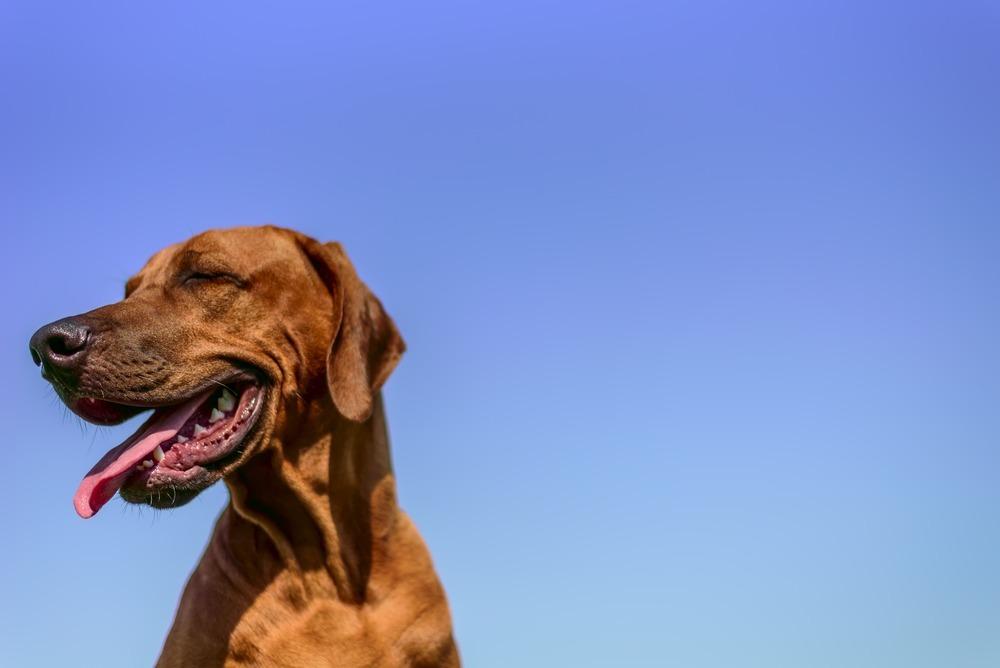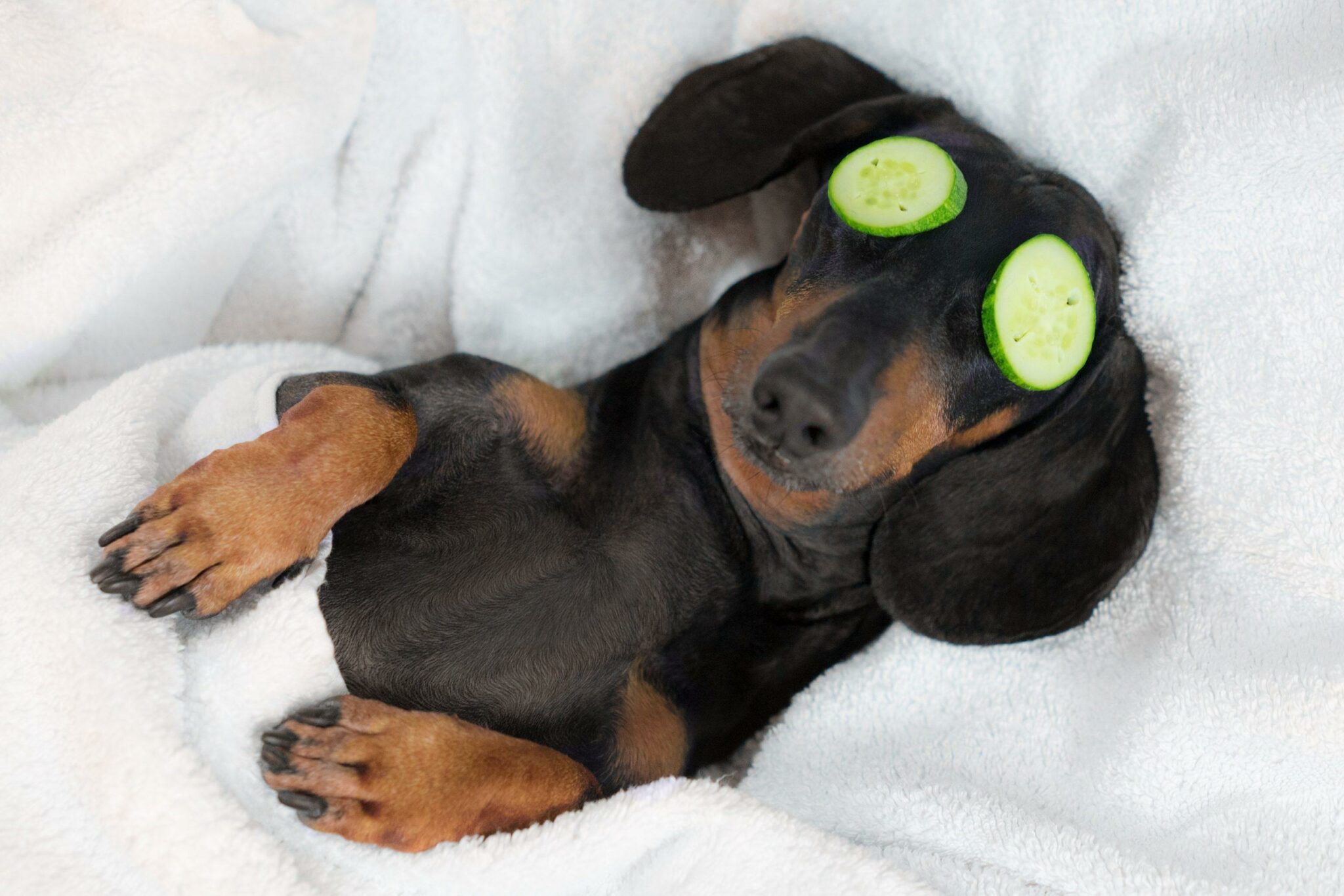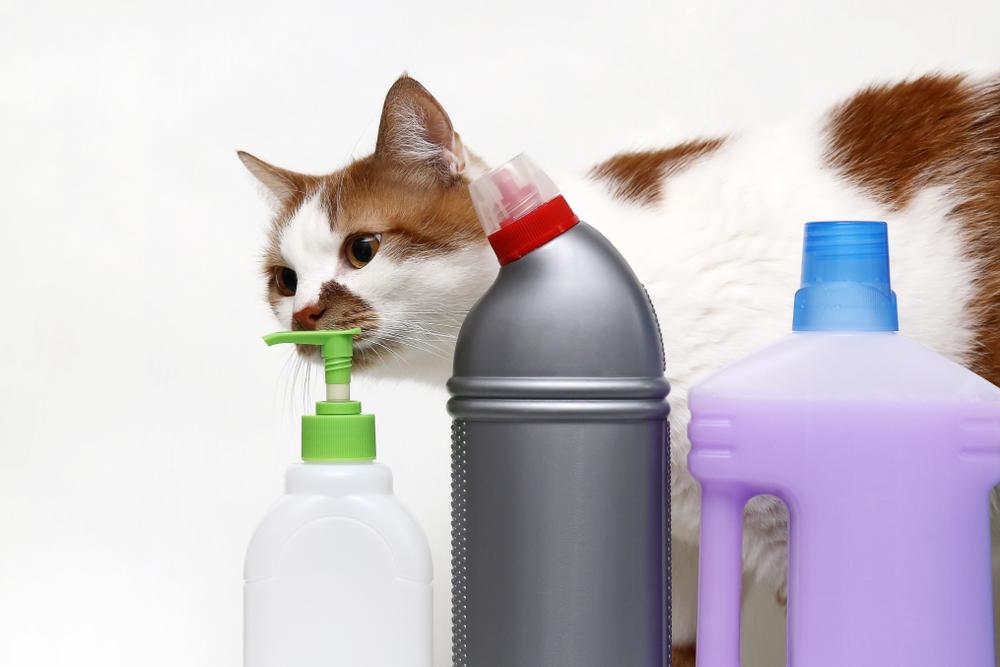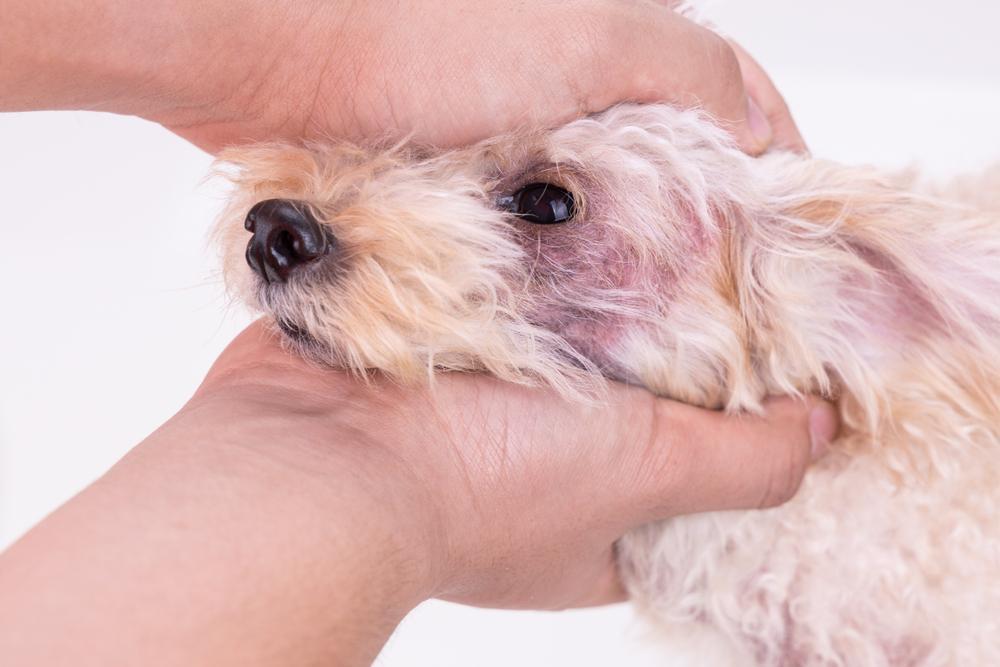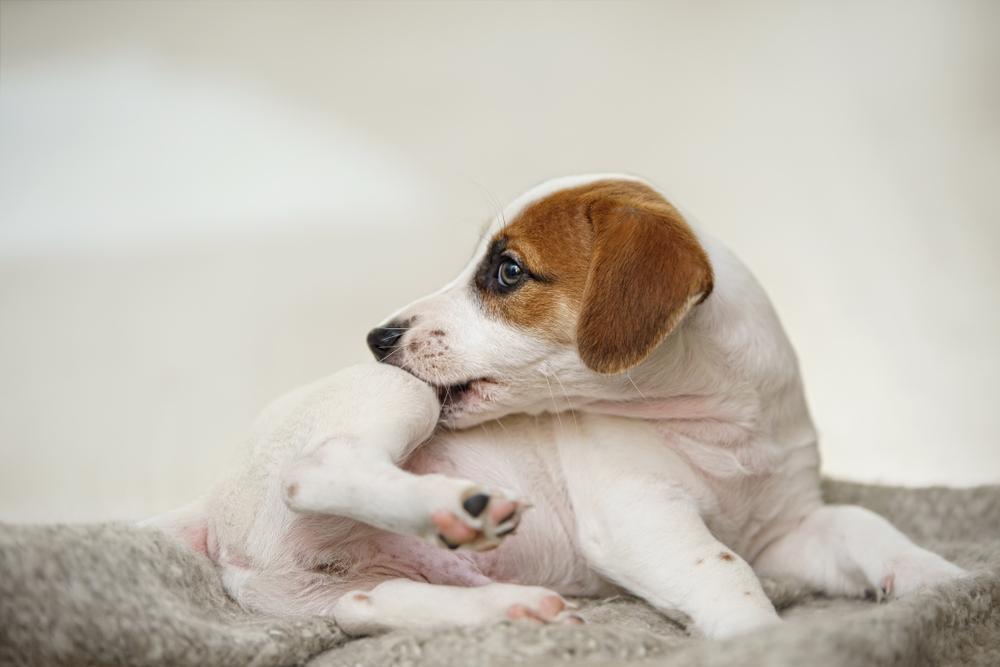
The fancy way of saying hair loss, alopecia affects more pets than we may think. It may be congenital or acquired and for it to be managed effectively, we really need to understand it. So, let’s take a look at 5 reasons for alopecia in pets.
Alopecia is the partial or complete lack of hairs in areas where they are normally present.
We can imagine our pet’s hair (and skin for that matter) as a report card for the body. If it’s looking a little worrisome, we need to investigate.
As we mentioned, alopecia can be both congenital and acquired.
Congenital means the animal is born with the condition. Congenital hair loss may or may not be hereditary. It’s caused by a lack of normal development of hair follicles. It may be apparent at, or shortly after birth. Your pet may be born with a normal coat, and patchy or widespread hair loss occurs when they become a young adult.
In acquired hair loss, your pet is born with a normal hair coat. It has or had normal hair follicles at one time and is or could produce structurally normal hairs.
Subsequently, any disease that can affect hair follicles can cause hair loss.
Certain diseases may destroy the hair follicle or shaft or interfere with the growth of hair. Some diseases can cause discomfort, leading to self-trauma (scratching and biting) and loss of hair. It’s important to remember that acquired hair loss can be inflammatory or non-inflammatory.
Diseases that can directly cause destruction or damage to the hair shaft or follicle include bacterial, fungal, or parasitic infections. It can also include inflammatory diseases of the skin along with skin trauma. These diseases tend to be inflammatory.
Parasites and What You Really Need to Know
But there can also be factors that inhibit or slow down follicle growth resulting in alopecia. Let’s take a look.
We are seeing more and more data around specific nutrients in hair growth and health. For example:
– Low vitamin D status has been implicated in cases of alopecia,
– Over-supplementation of Vitamin A is associated with alopecia
– In a Biotin deficiency, signs include hair loss
– Folate deficiency can result in hair, skin and nail changes
– Vitamin C is known to aid iron absorption, the latter being implicated in hair loss
– Hair loss is a common sign of zinc deficiency
– Hair loss can be seen in Iodine deficiency as it’s a mineral that aids thyroid function (we’ll share why this is relevant next)
We advocate a fresh food diet, rich in nutrients to support overall health. Check out our range of blogs on different nutrients if you would like to learn more.
So much of a factor, there is a condition deemed hormonal alopecia in dogs. This can be linked to neutering with many owners reporting hair loss or thinning post neutering. But when we say hormones, we are also considering thyroid hormones. The thyroid gland is active in the initiation of hair growth and replacement. Located in the neck near the trachea or windpipe, this gland produces hormones which regulate metabolism. Both hyperthyroidism and hypothyroidism can result in hair loss in the dog although hypothyroidism is likely the more commonly occurring form of hormonal alopecia in dogs. Initially hair loss is patchy, the coat is dry, the hair is brittle and easily pulled out. Quite often hyper pigmentation occurs. In some cases, secondary pyoderma and seborrheic dermatitis may follow.
Ultimate Guide: Hypothyroidism
Hair loss can follow months after a traumatic event often making it difficult to connect the dots.
Hair cycles through different phases and all follicles can be at different stages at any one time. What we now know is that high levels of stress can cause shifts in those cycles. This results in balding or thinning of hair.
Stress also depletes nutritional resources along with impeding the digestion and absorption of them and as we’ve already mentioned, sufficient growth relies on a great supply of nutrients.
Can Stress Affect My Dog’s Digestive System?
When your dog scratches or bites because they are irritated, it can result in hair loss. Causes of irritation include:
– Infection
– Pain
– Parasites
– Sensitivities/allergies
Things to Think About: Skin Health in Dogs
Overgrooming can be a calming behaviour employed by your pet. This may be in response to stress or being overwhelmed. Its important to notice any change in grooming behaviour and establish the potential trigger.
Stressors may include:
– Change in routine
– Addition of a new pet
– Our own stress
– Change in health
– Time of year – holidays/fireworks/weather change
If you think hair loss may be associated with stress, check out the following blogs for more information:
Using Nutrition To Support The Stressed Dog
5 Nutrients to Support Your Anxious Dog
Overgrooming can also be linked to pain and digestive issues, so check out our blog on licking behaviour for more information.
Signs of hair loss may be obvious or subtle, depending on what’s causing it.
Congenital or hereditary hair loss can be symmetric (appearing similar on both sides of the body) or located in one area only. It is not usually accompanied by inflammation.
Signs of acquired hair loss are influenced by the underlying causes. Hair loss may affect an isolated spot or multiple areas; it may be symmetric or widespread. You may also notice inflammation, thickened skin, colour change, scaling, excessive shedding and/or itching.
In addition, some causes may lead to the development of secondary skin diseases like infection or fluid discharge.
Are they getting the nutrients they need from the diet they are offered?
Could stress be playing a role?
Do we need to consider hormone imbalances?
Are there sensitivities to irritants? Environmental or diet related?
Is your pet in pain?
If you are currently managing alopecia in your pet and feel like it is an uphill battle, check out our services to see how we can help.
Thanks for reading,
MPN Team

